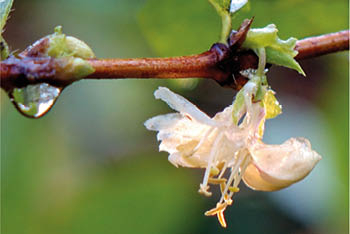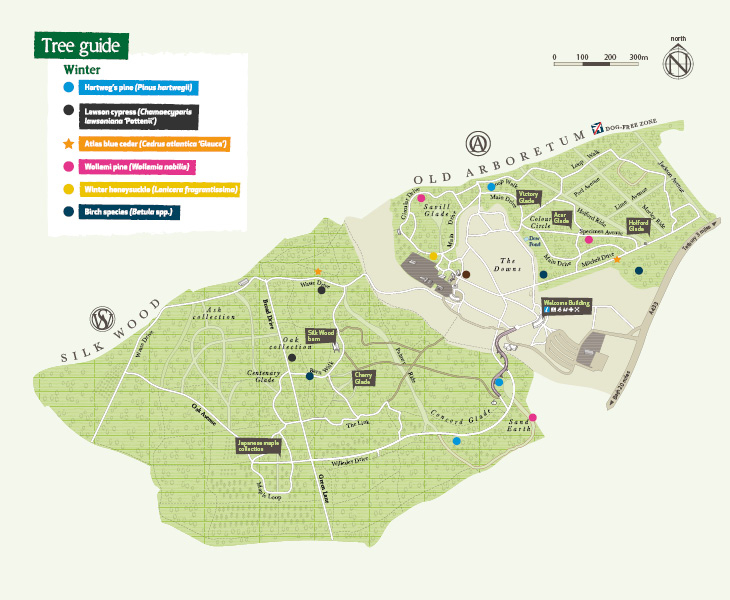Winter seasonal highlights
A walk through Westonbirt is a sensory delight whatever the season, whatever the weather. After the colourful joys of autumn, winter has its own treats to share albeit more subtle; the crunch of frost, dew catching the low morning sun, tree silhouettes and a variety of bark textures and patterns. Check these winter tree highlights off your list on your next visit to Westonbirt…
Hartweg’s pine (Pinus hartwegii)
Few trees are as ticklish as this young pine from Mexico. Like many of our trees, it is rare in cultivation. Mexico is home to almost half the world’s pine species, many of which are endemic, meaning they are unique to Mexico. This diversity is due in part to the range of habitats present, but it has also been suggested that the high levels of solar radiation may have encouraged genetic mutation, promoting speciation. Pinus hartwegii is a high altitude cold-loving species, which grows right up to the snowline.
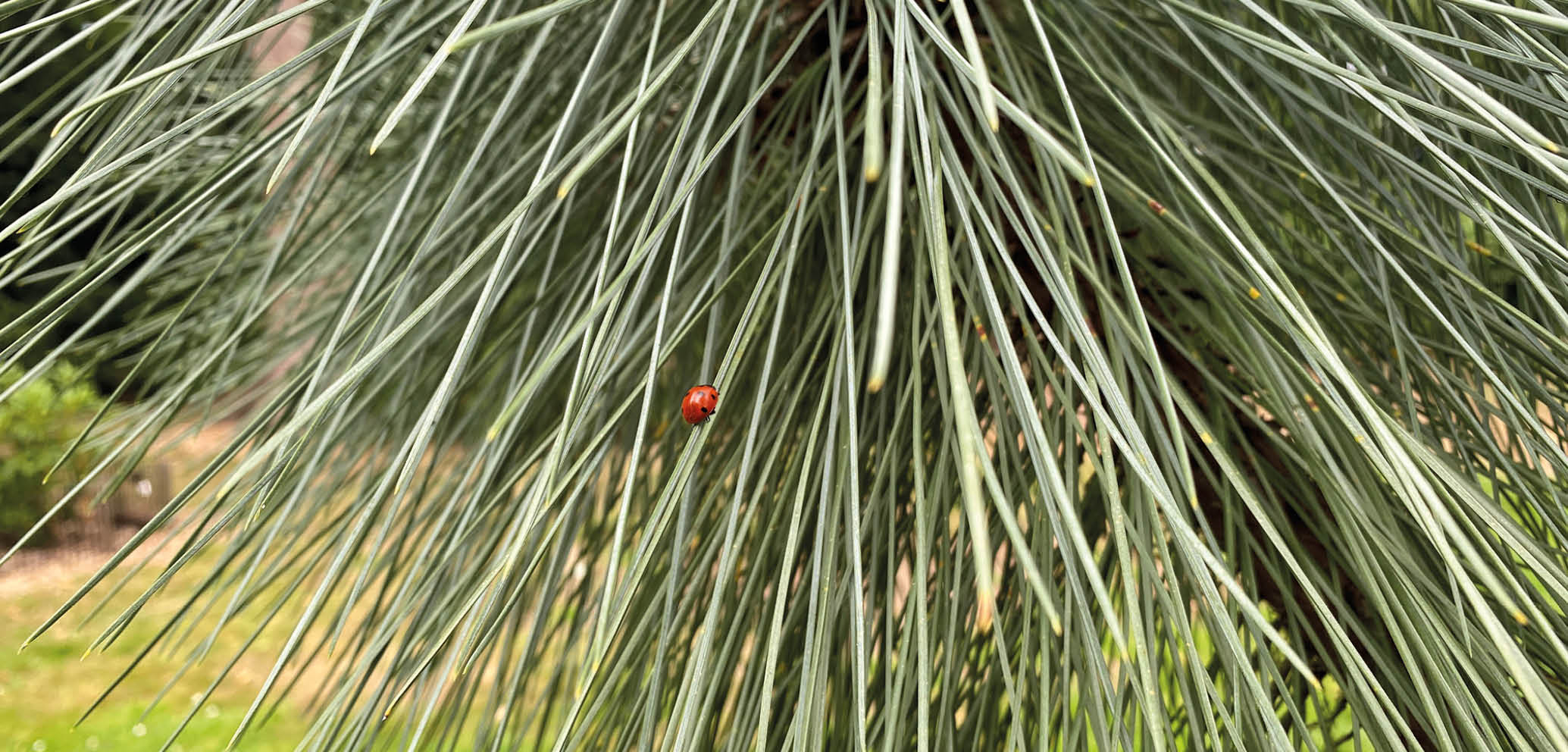
Lawson cypress (Chamaecyparis lawsoniana 'Pottenii')
Native to California and Oregon, the Lawson cypress is one of the most important ornamental conifers. Introduced via the Lawson Nursery in Edinburgh in 1854, today hundreds of different cultivars are available thanks to its tendency to produce spontaneous branch sports (branches that are morphologically different to the rest of the plant). Sports with desirable characteristics such as colour, texture or form are propagated through cuttings to create new cultivars, including this sea-green columnar form.
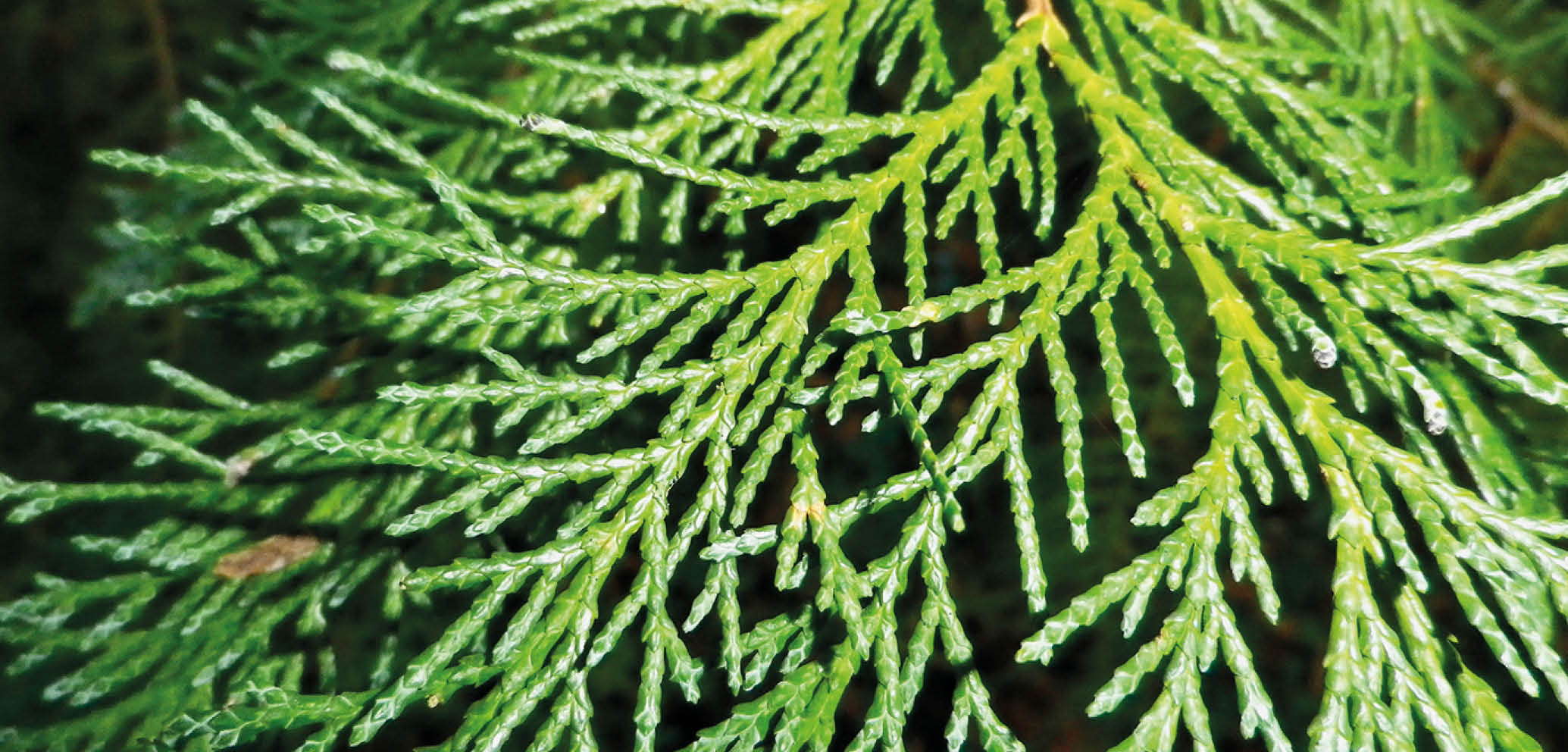
Atlas blue cedar (Cedrus atlantica ‘Glauca’)
The dramatic blue foliage and majestic crown of mature Atlas blue cedar trees are one of the joys of winter. Grouping trees to create variety is a key feature of our picturesque landscape and harks back to when the Holford family first laid out the arboretum in the mid-nineteenth century.
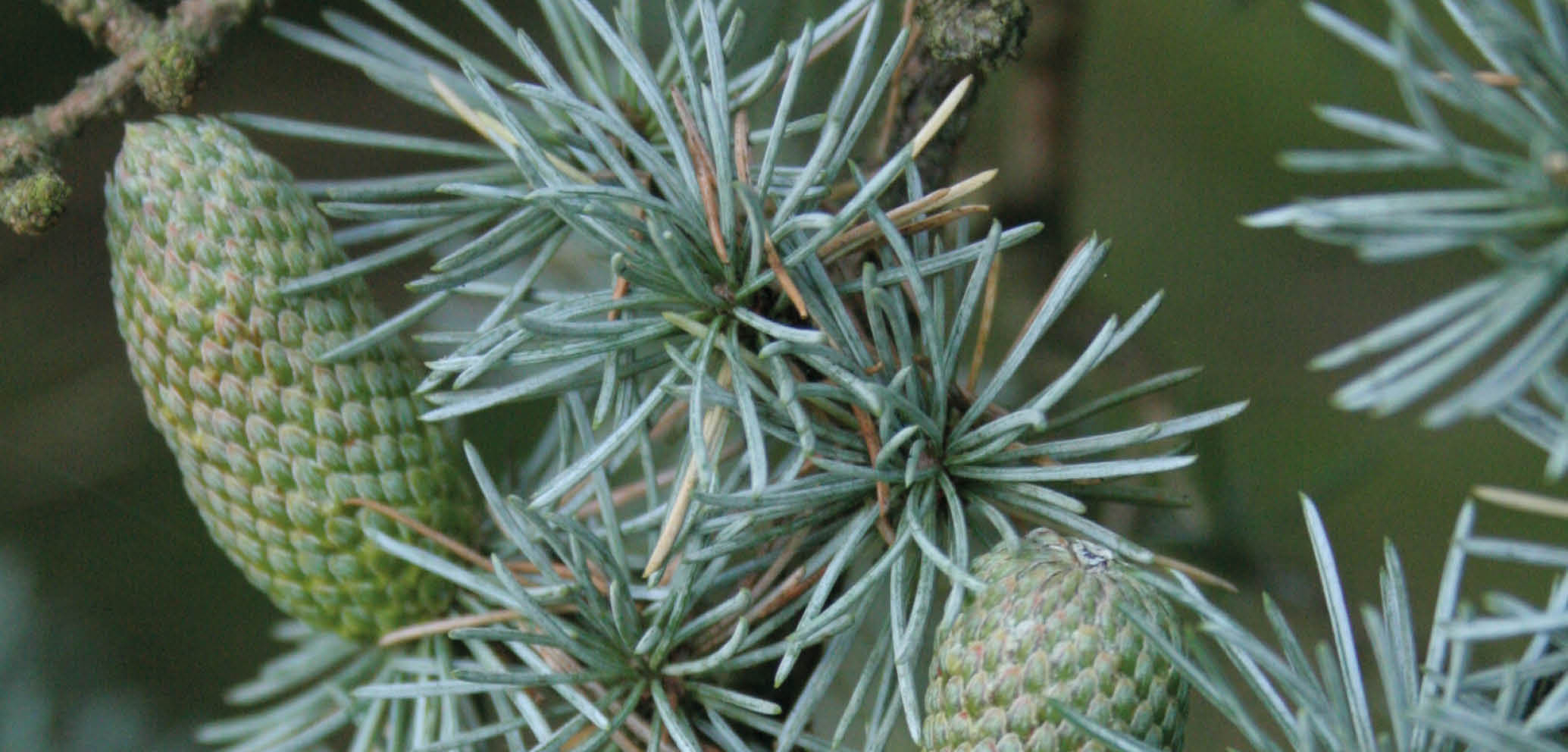
Birch species (Betula spp)
Birches really come into their own in winter thanks to their beautiful bark colours and patterns. So much so we can’t pick a favourite! Despite its rather delicate appearance birch bark is remarkably tough. It contains oils that have both anti-bacterial and anti-fungal properties. As a result, birch bark has been used since pre-historic times as a building material, as well as for baskets, footwear, and canoes. The bark is patterned with horizontal lines known as lenticels, which act as channels for gas exchange and help the tree ‘breathe’.
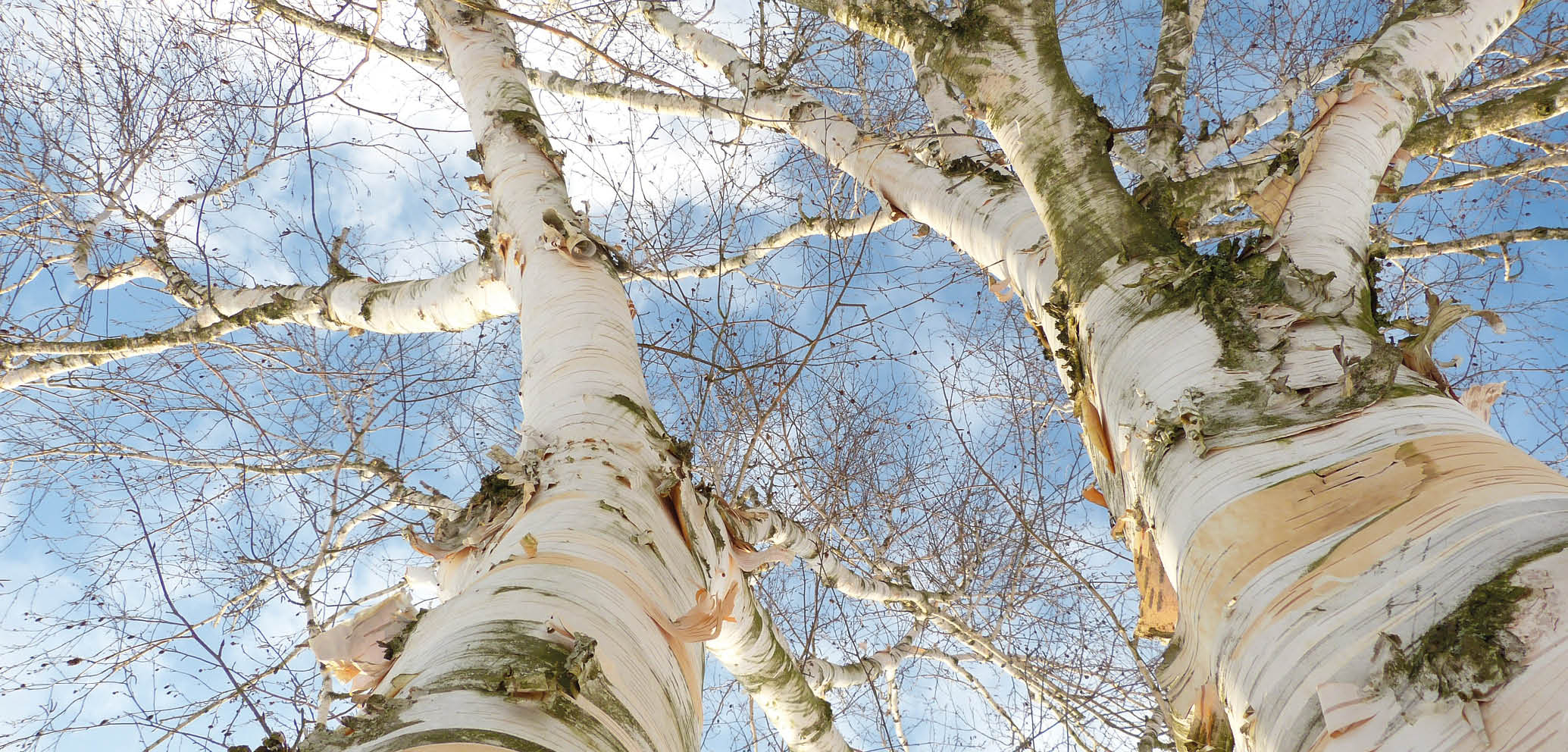
Winter honeysuckle (Lonicera fragrantissima)
Most people don’t associate flowers with winter. Thankfully some trees don’t play by the rules! On a still day, the citrus scent of the winter honeysuckle can be truly arresting. True; it is not the grandest of Westonbirt’s specimens, but in January and February the fragrance of its small creamy flowers more than makes up for its lack of size. Originally introduced by Robert Fortune from eastern China in 1845, today it provides winter interest in many gardens.
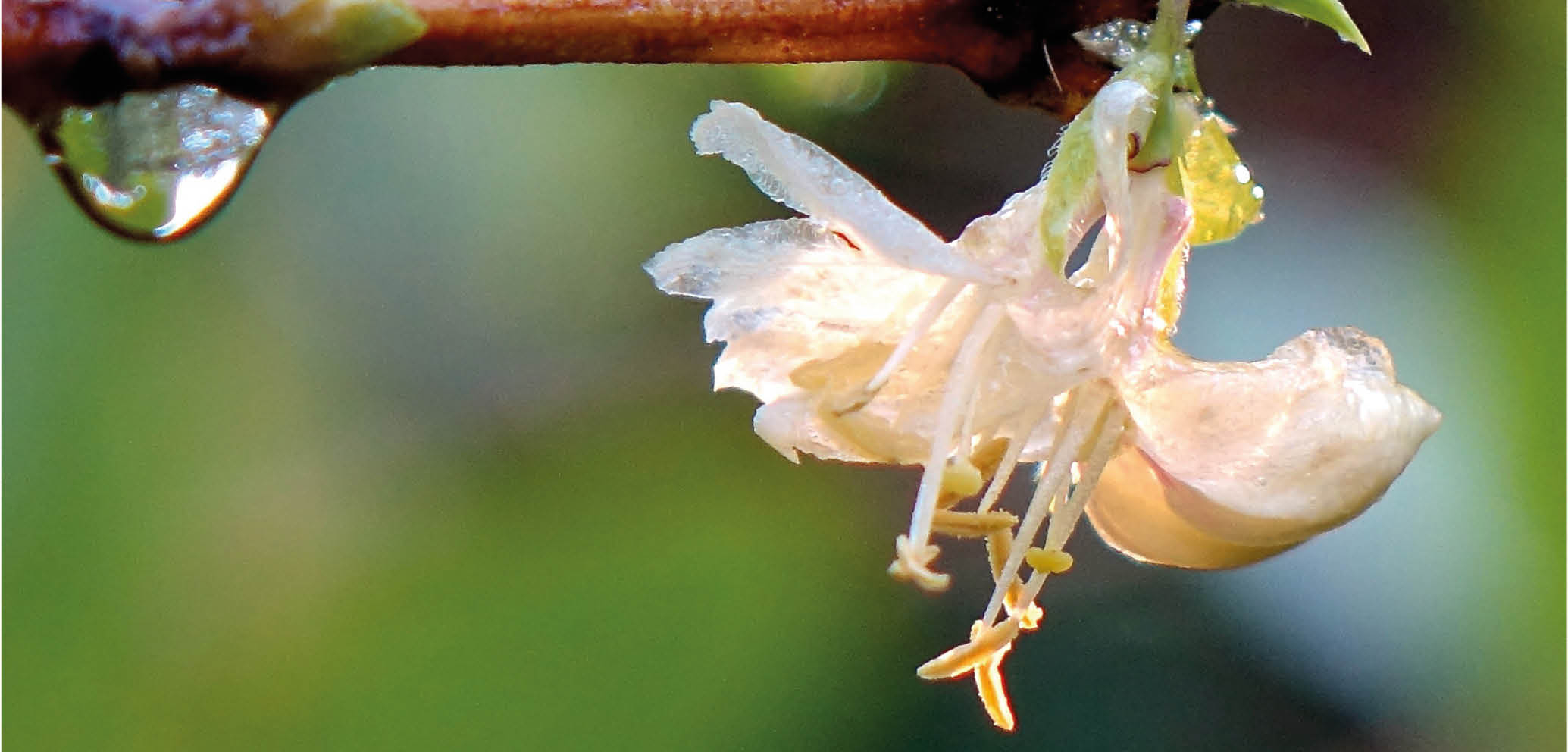
Wollemi pine (Wollemia nobilis)
With just a few hundred trees growing wild, the critically endangered Wollemi pine is one of the rarest species at Westonbirt. Discovered in a remote Australian canyon in 1994, it is a member of the monkey-puzzle (Araucariaceae) family and like its relatives, it is a very ancient species – with fossil records dating back 200 million years.
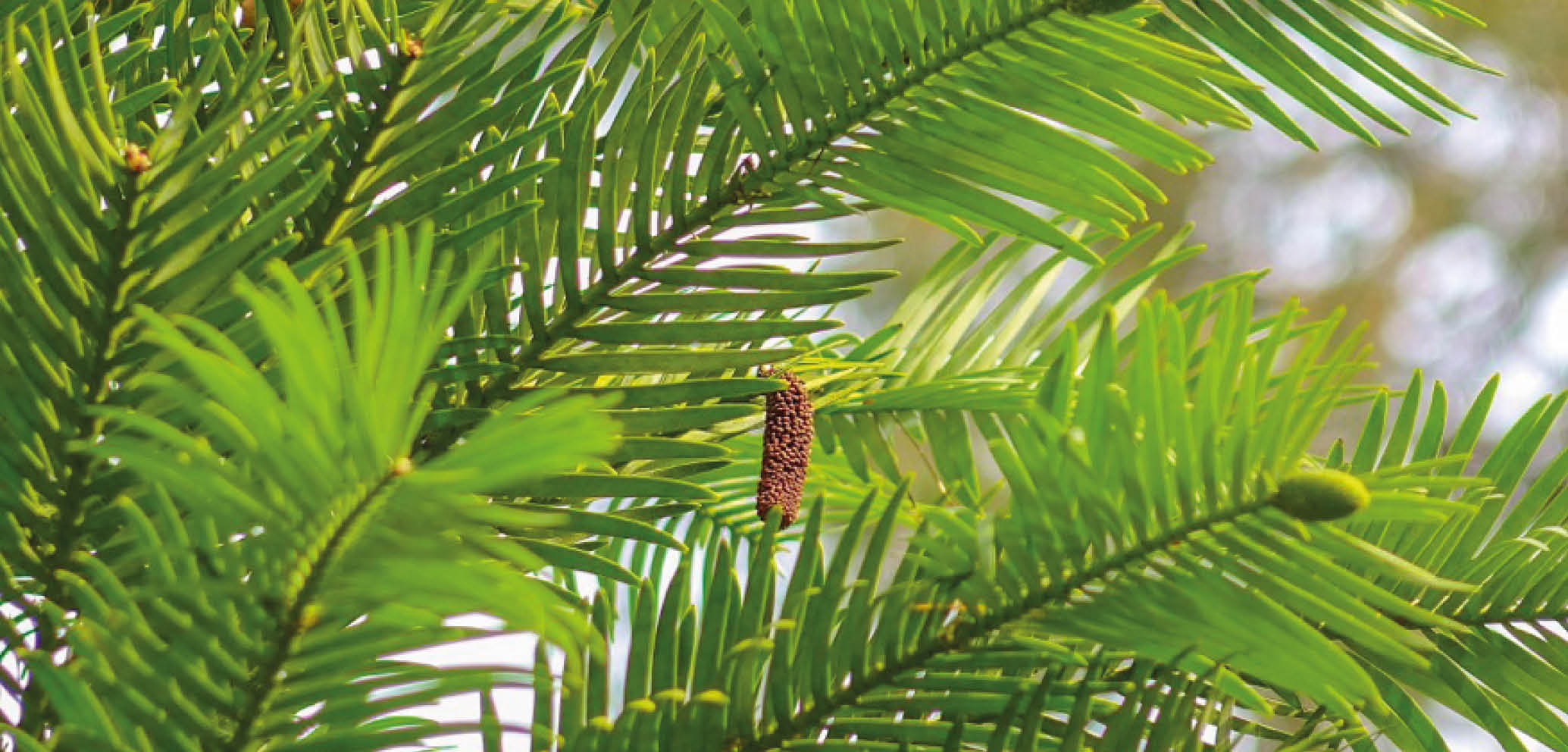
Use our interactive Arboretum Explorer to find these trees at Westonbirt...
